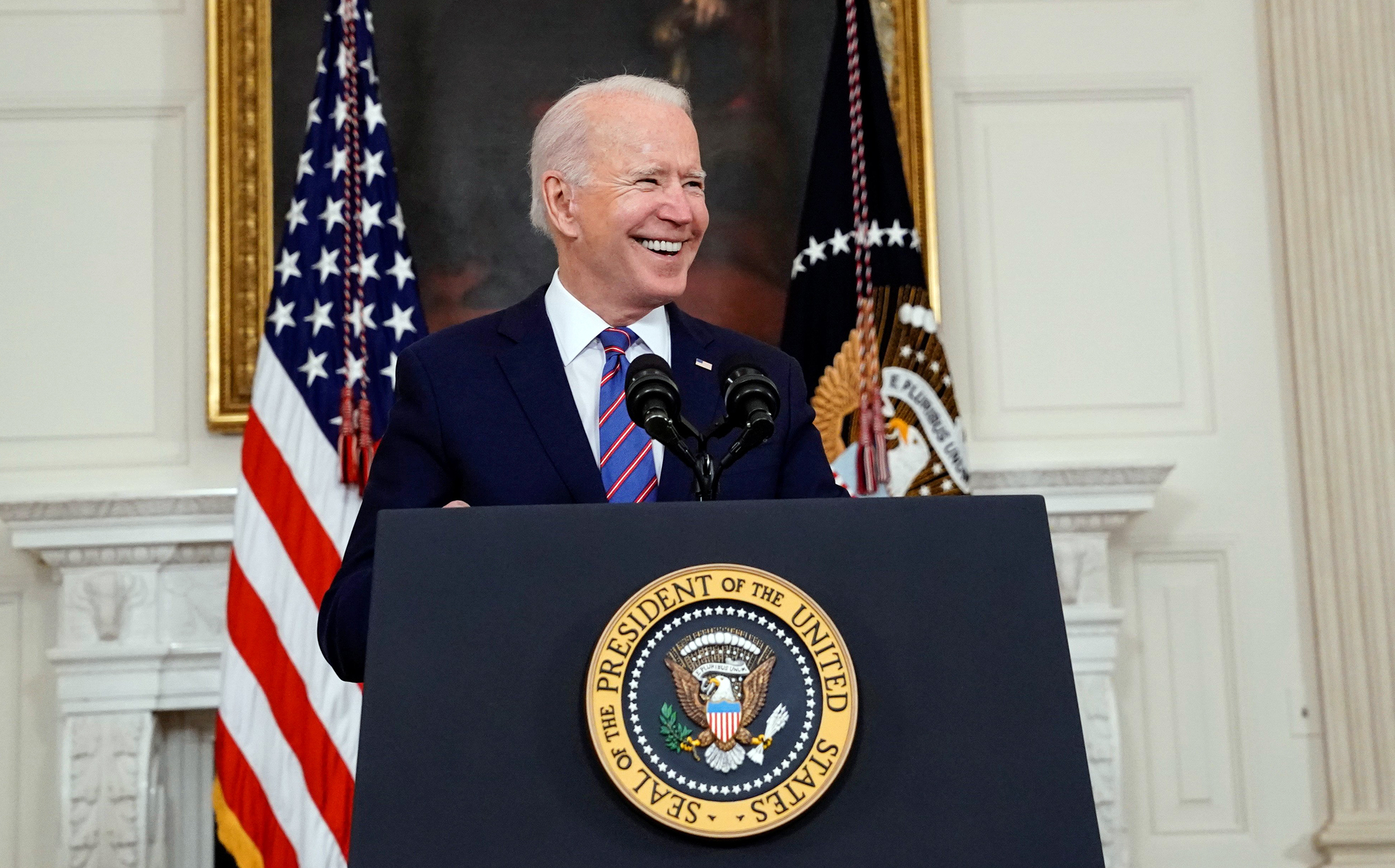In President Joe Biden’s presidential campaign, he outlined a plan to address climate change, known as the Clean Energy Revolution. After being elected, the President declared Executive Order No. 13990 3 C.F.R. 7037 (2021) on Protecting Public Health and the Environment and Restoring Science to Tackle the Climate Crisis on January 20, 2021. He acknowledged the climate crisis by urging federal agencies to use clean energy for their facilities and transportation, creating jobs in the clean energy field that will boost the economy, reevaluating our existing conservation efforts. The crisis also led to the establishment of a Civilian Climate Corps Initiative to put Americans to work to restore our public lands and waters, protect biodiversity, in addition to many other restoration acts.
In Section 1, the order “directs all executive departments and agencies to immediately review, and, as appropriate and consistent with applicable law, take action to address the promulgation of Federal regulations and other actions during the last 4 years that conflict with these important objectives, and to immediately commence work to confront the climate crisis.” What this means is that any and all existing documents and policies issued during Trump’s term as President that go against Biden’s new policy must be revised, rescinded, or suspended.
The President plans to implement and build on the Paris Agreement’s objectives to achieve net zero global emissions by 2050 to avoid the path of a dangerous and catastrophic climate disaster. Biden believes this effort will create more jobs in the clean energy industry.
Not only does the Executive Order tackle climate issues, but it also addresses the need to create jobs. The order coincides with the President’s Build Back Better jobs economic recovery plan which will “put hundreds of thousands of people to work renewing our electric grid and capping orphan oil and gas wells and abandoned mines.” Americans will rebuild clean drinking water infrastructure and high-speed broadband to bring affordable and reliable services to citizens nationwide.
In an effort to further reinforce the use of clean energy, federal agencies are directed to acquire carbon pollution-free electricity and clean, zero emission vehicles to create good-paying union jobs and boost clean energy industries.
Beyond the growth of clean energy jobs and implementation of clean energy, Exec. Order No. 13990 3 C.F.R. 7037 (2021) § 3 Restoring National Monuments, calls the Secretary of the Interior, the Attorney General, the Secretaries of Agriculture and Commerce along with other federal agencies to investigate the state of monument boundaries from January 20, 2017, to today to determine if restoration is needed. Within 60 days of this order’s execution, the Secretary of the Interior must submit a report to the President with her findings. As of April 8, the Secretary seeks to restore the Bear Ears National Monument in Utah.
In honor of Earth Day, the White House is hosting a virtual Leader’s Summit on Climate Change April 22-23 for 40 world leaders to ensure collaboration with key players across the globe. In an ABC News article, “A senior administration official said that they plan to emphasize that Trump’s lack of engagement on climate change doesn’t mean the U.S. can’t be trusted.”
The Summit serves as a precursor to the UN Climate Change Conference(COP26), happening this November in Glasgow, Scotland, to develop an outline or framework that can be fleshed out at the COP26 in order to increase the chances of meaningful and realistic outcomes. Some key goals of the Summit are for major economies to reduce emissions during this decade to limit global warming to 1.5 degrees Celsius, developing and utilizing transformational technologies that can reduce emissions and build industries for the future, showcase subnational and non-state actors that are committed to green recovery, and address the role of nature-based solutions in achieving net zero by 2050 goals.
The Biden administration has set many goals to tackle the climate crisis since his inauguration and the Summit will address some of those goals, as well as detail our collaboration with other major nations involved in the Paris Agreement.
More information about the Summit can be found here.

Be First to Comment